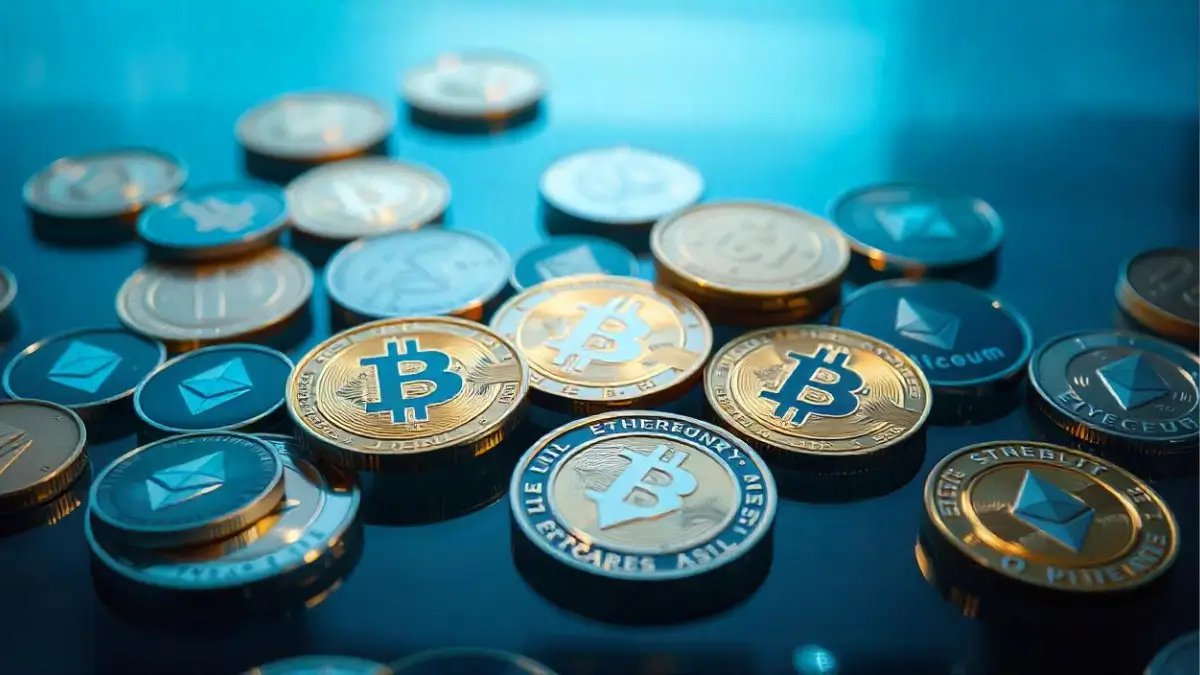Bitcoin Rally Linked to Global Bond Market Stress, Says Analyst
27.05.2025 15:00 1 min. read Alexander Stefanov
Bitcoin’s recent upward momentum is drawing attention once again, with analysts debating the forces behind its ongoing strength.
While the asset is currently trading near $109,000, the broader narrative points beyond just price action.
According to André Dragosch, Head of European Research at Bitwise, the surge is less about hype and more about shifting dynamics in traditional finance—specifically in Japan’s bond market.
He points to a record 3.185% yield on 30-year Japanese government bonds as of May 20, signaling deepening investor anxiety about fiscal stability.
“Bonds are supposed to be safe, but when yields spike like this, it’s a warning sign,” Dragosch explained. “Investors begin to question a country’s ability to manage its debt. That’s when Bitcoin, with no counterparty or sovereign ties, starts to look attractive.”
While some speculate that geopolitical moves—like recent ceasefire talks between Russia and Ukraine—may have also contributed to positive sentiment, Dragosch sees Bitcoin’s role as a hedge against sovereign risk gaining serious traction.
If fears around government debt sustainability continue to spread beyond Japan, he believes Bitcoin’s appeal could grow significantly—potentially pushing its price toward the $200,000 mark in the long run.
-
1
BlackRock’s Bitcoin ETF Sees Largest Daily Withdrawal, Ending Month-Long Inflow Streak
31.05.2025 19:00 1 min. read -
2
Bitcoin’s Drop Sparks New Focus on Money Supply Trends
02.06.2025 12:00 2 min. read -
3
Will Musk Double Down on Bitcoin as U.S. Debt Soars?
04.06.2025 12:00 2 min. read -
4
Crypto Trader Faces $100 Million Loss on Bitcoin Bet
30.05.2025 22:00 2 min. read -
5
Chinese Think Tank Calls Bitcoin a Strategic Reserve Asset
31.05.2025 14:00 1 min. read
Bitcoin Still on El Salvador’s Agenda Despite $1.4B IMF Agreement
El Salvador is still buying Bitcoin in spite of a $1.4 billion International Monetary Fund package that was meant to curb further government accumulation.
Metaplanet Surpasses Coinbase with 10,000 Bitcoin in Treasury
Metaplanet has become the world’s seventh-largest corporate owner of Bitcoin after adding another 1,112 coins to its treasury on Monday.
Saylor Urges U.S. to Stockpile Bitcoin Before the World Catches Up
Michael Saylor, co-founder of the company now called Strategy and one of Bitcoin’s most vocal champions, says the next great migration of wealth will happen on the Bitcoin network.
Is Bitcoin Becoming the New Core Holding for Investors?
Bitcoin’s roller-coaster days may be fading, and that shift could push the world’s largest digital asset into more professional portfolios, according to Coatue Management founder Philippe Laffont.
-
1
BlackRock’s Bitcoin ETF Sees Largest Daily Withdrawal, Ending Month-Long Inflow Streak
31.05.2025 19:00 1 min. read -
2
Bitcoin’s Drop Sparks New Focus on Money Supply Trends
02.06.2025 12:00 2 min. read -
3
Will Musk Double Down on Bitcoin as U.S. Debt Soars?
04.06.2025 12:00 2 min. read -
4
Crypto Trader Faces $100 Million Loss on Bitcoin Bet
30.05.2025 22:00 2 min. read -
5
Chinese Think Tank Calls Bitcoin a Strategic Reserve Asset
31.05.2025 14:00 1 min. read


